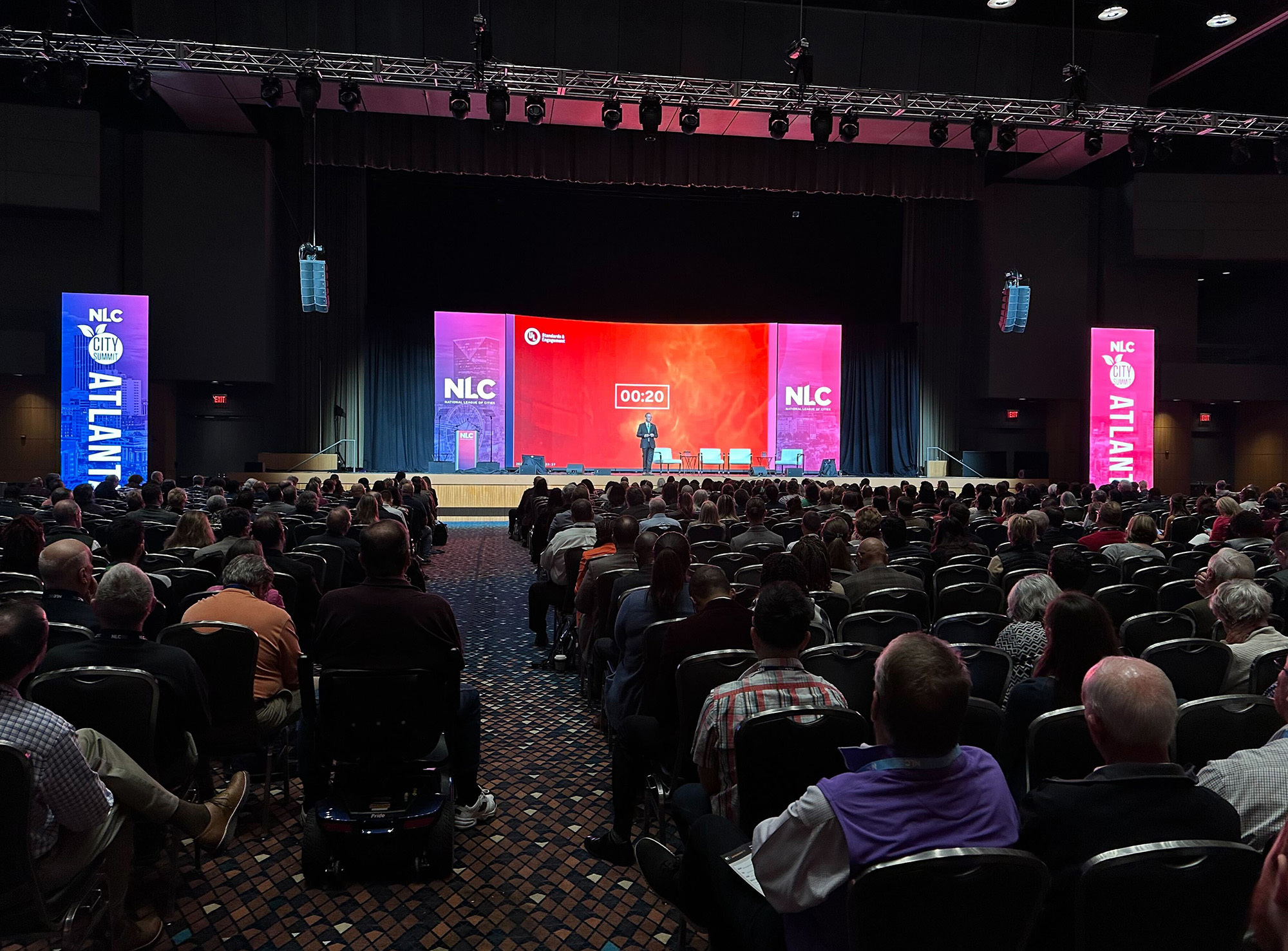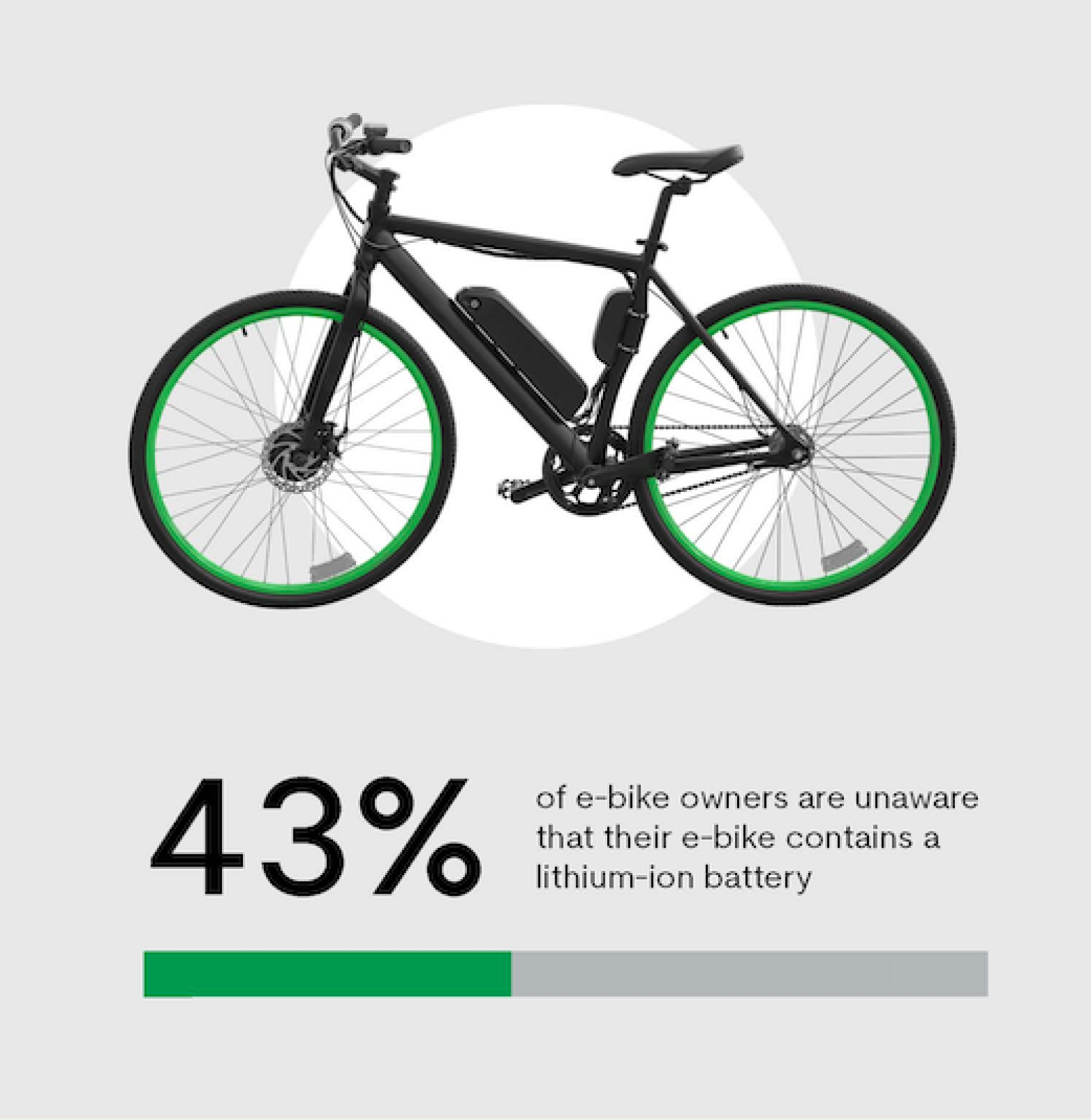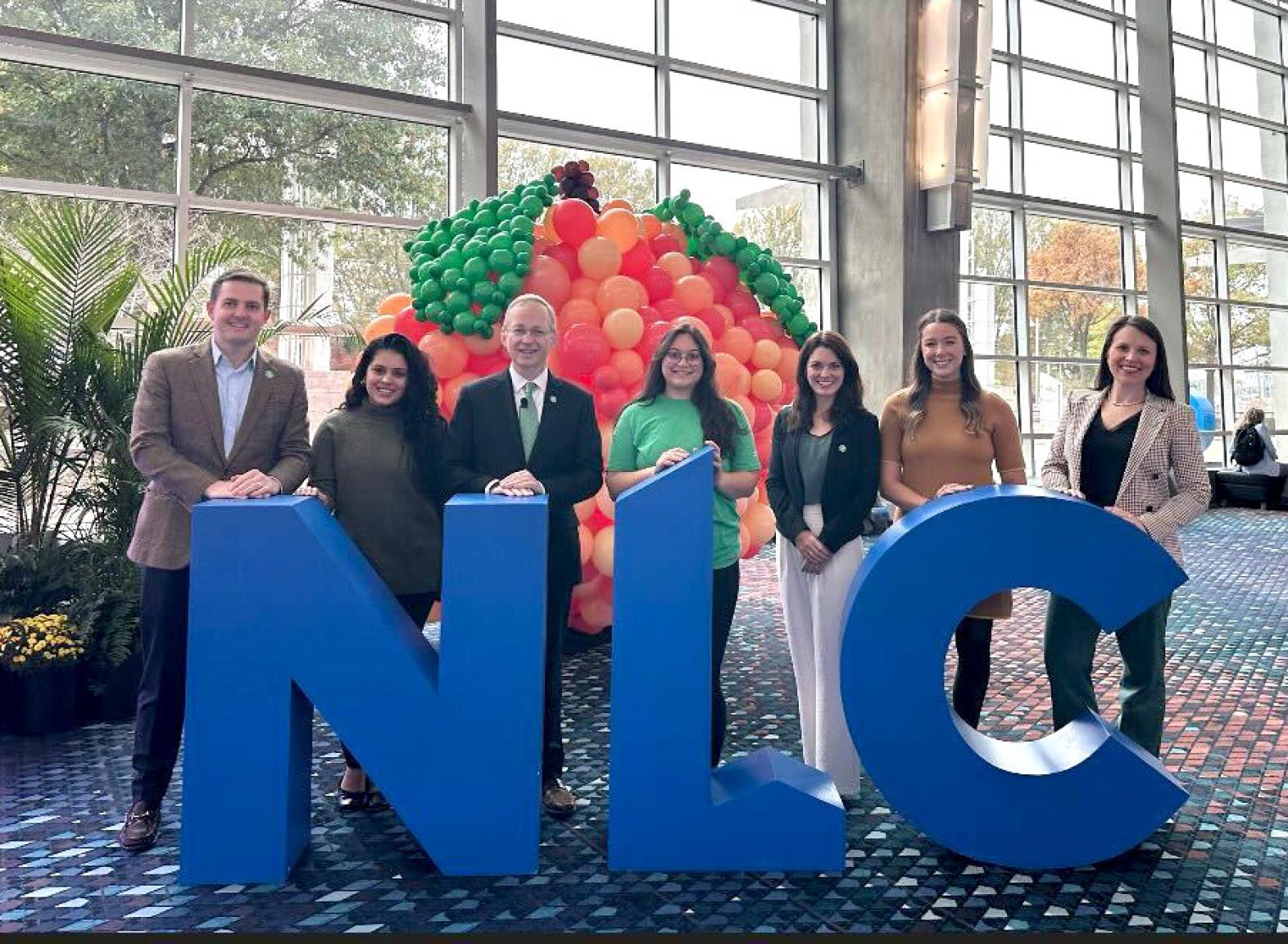A new wave of electrification is underway. E-bikes, e-scooters, and EVs are becoming more commonplace driven by their convenience, relatively lower cost, and government incentives.
Gig work such as Door Dash and Uber Eats has become a staple in every major city. With conventional vehicles often being too slow due to traffic, many gig workers are opting for e-bikes and other battery powered devices to deliver orders efficiently. An increase in e-bike sharing services has broadened accessibility for commuters and tourists alike.

But as more e-mobility devices saturate the market, fires caused by lithium-ion batteries – which power most rechargeable devices – are also rising. How can cities, towns, and villages transitioning toward electrification ensure these products and their charging systems are safe?
Through safety standards.
That is the message UL Standards & Engagement Executive Director Dr. David Steel shared with more than 2,000 municipal leaders at the National League of Cities 2023 City Summit.
“However and whenever you approach electrification, safety must be a part of it,” said Steel.
An Alarming Awareness Gap
 This point is further driven home when considering consumer awareness of the risks associated with rechargeable devices. A ULSE study found that more than half of Americans do not know there are safety standards for lithium-ion batteries.
This point is further driven home when considering consumer awareness of the risks associated with rechargeable devices. A ULSE study found that more than half of Americans do not know there are safety standards for lithium-ion batteries.
When polling e-bike owners, 43% were unaware their e-bike is powered by a lithium-ion battery. These devices are already in their home, at work, and on the streets without any understanding of the potential damage they can cause.
Cities in Action
There has been continuous coverage of lithium-ion battery fires in New York City. This steady increase prompted the New York Housing Authority to propose a ban on all e-mobility devices, cutting off access to a means of transportation many residents depend on.
“Bans are not the solution. That stops innovation,” Steel explained to the NLC audience. “The solution is not to deny new technology. Safety standards are a guarantor of safety and reduce risk to residents.”
In March, New York City prompted a local law requiring conformity to three UL standards for e-mobility devices and accessories sold, leased, or rented within the city. The law went into effect in mid-September.
Laws and regulation aren’t the only answer. Other cities like Washington, D.C. and Denver are rolling out incentive programs to encourage residents to buy safer devices.
The Role of Safety Standards
Safety standards — which are developed by a broad spectrum of experts — provide construction, performance, marking, and instruction requirements that make a product or system as safe as possible.
ULSE has several safety standards pertaining to e-bikes, e-mobility devices, charging networks, and lithium-ion batteries that are designed to protect the user should the product malfunction. As an example, UL 2849, the standard for e-bikes, requires testing that simulates conditions that an e-bike may encounter such as high temperatures, water exposure, or misuse, like overcharging or using a faulty charger. Should e-bikes meet our standards, the user is better protected if the product fails.
ULSE: A Partner in Safety
Expanding beyond e-bikes, we have 1,700 safety standards and documents in place today aimed at making our homes and communities safer.

Based on the topics presented to local government attendees, there are a multitude of issues that intersect with the work being done at UL Standards & Engagement. From converting old and unused commercial space to safe and affordable low-income housing, to partnering with energy utility companies to prepare for charging infrastructure and electrifying airports — all these efforts can be supported by safety standards.
“Safety standards are a solution to preserve consumer access, promote innovation, and grow resident trust. As a nonprofit safety organization, we develop standards that make the world a safer place, and a foundation of safety allows manufacturers to innovate,” Steel concluded.